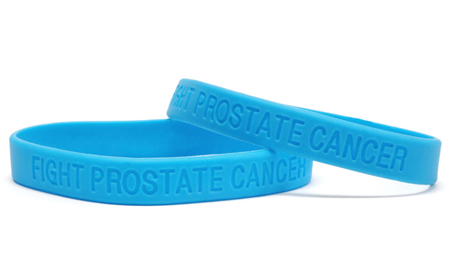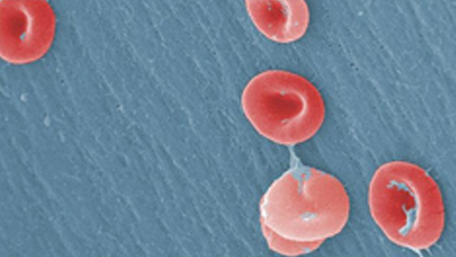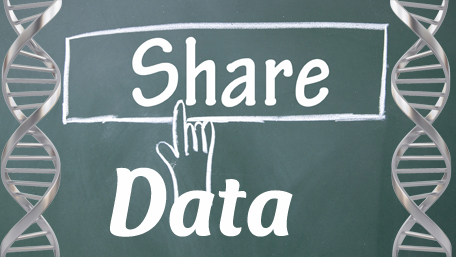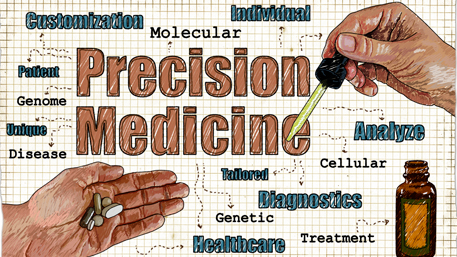
06/12/2021
Hot Topics of the Day are picked by experts to capture the latest information and publications on public health genomics and precision health for various diseases and health topics. Sources include published scientific literature, reviews, blogs and popular press articles.
Sign up MyPHGKB to receive the daily hot topic email alert.
Archived Hot Topics of the Day By Date
Progress With the All of Us Research Program: Opening Access for Researchers.
Ramirez Andrea H et al. JAMA 2021 6
Urinary exosome microRNA signatures as a noninvasive prognostic biomarker for prostate cancer
S Shin et al, NPJ Digital Medicine, June 11, 2021
The Bloodline Newsletter
CDC, June 2021

A safer way to share health data.
O'Leary Karen et al. Nature medicine 2021 6
Continuous health monitoring: An opportunity for precision health.
Gambhir Sanjiv S et al. Science translational medicine 2021 6 (597)
Using large-scale experiments and machine learning to discover theories of human decision-making.
Peterson Joshua C et al. Science (New York, N.Y.) 2021 6 (6547) 1209-1214
Machine-generated theories of human decision-making
S Bhatia et al, Science, June 11, 2021
B.1.1.7 and B.1.351 SARS-CoV-2 variants display enhanced Spike-mediated fusion
MM Rajah et al, BIORXIV, June 11, 2021
A combination of RBD and NTD neutralizing antibodies limits the generation of SARS-CoV-2 spike neutralization-escape mutants
D Haslwanter et al, BIORXIV, June 11, 2021
Disclaimer: Articles listed in Hot Topics of the Day are selected by Public Health Genomics Branch to provide current awareness of the scientific literature and news. Inclusion in the update does not necessarily represent the views of the Centers for Disease Control and Prevention nor does it imply endorsement of the article's methods or findings. CDC and DHHS assume no responsibility for the factual accuracy of the items presented. The selection, omission, or content of items does not imply any endorsement or other position taken by CDC or DHHS. Opinion, findings and conclusions expressed by the original authors of items included in the Clips, or persons quoted therein, are strictly their own and are in no way meant to represent the opinion or views of CDC or DHHS. References to publications, news sources, and non-CDC Websites are provided solely for informational purposes and do not imply endorsement by CDC or DHHS.
- Page last reviewed:Feb 1, 2024
- Page last updated:Apr 21, 2024
- Content source:








